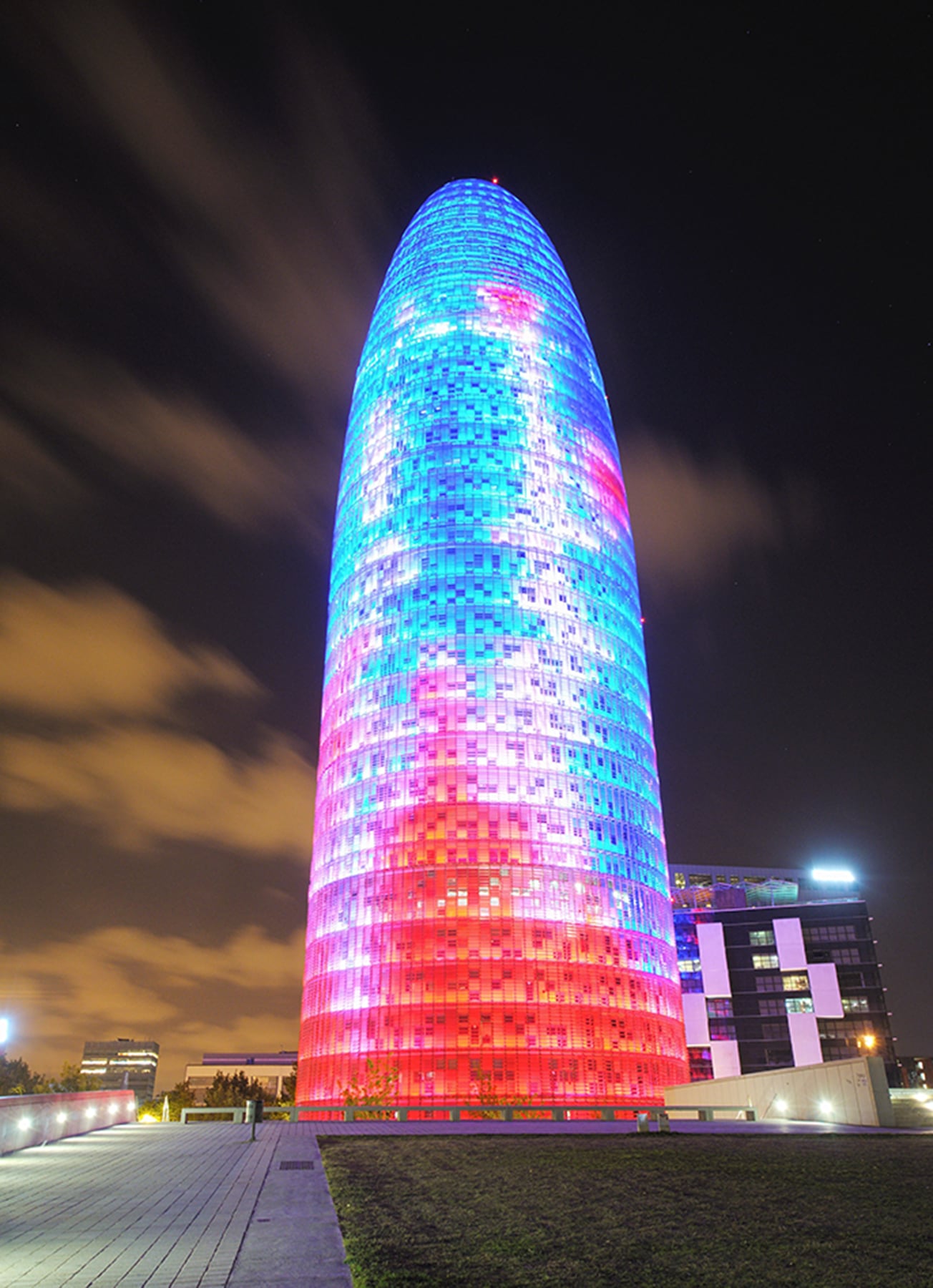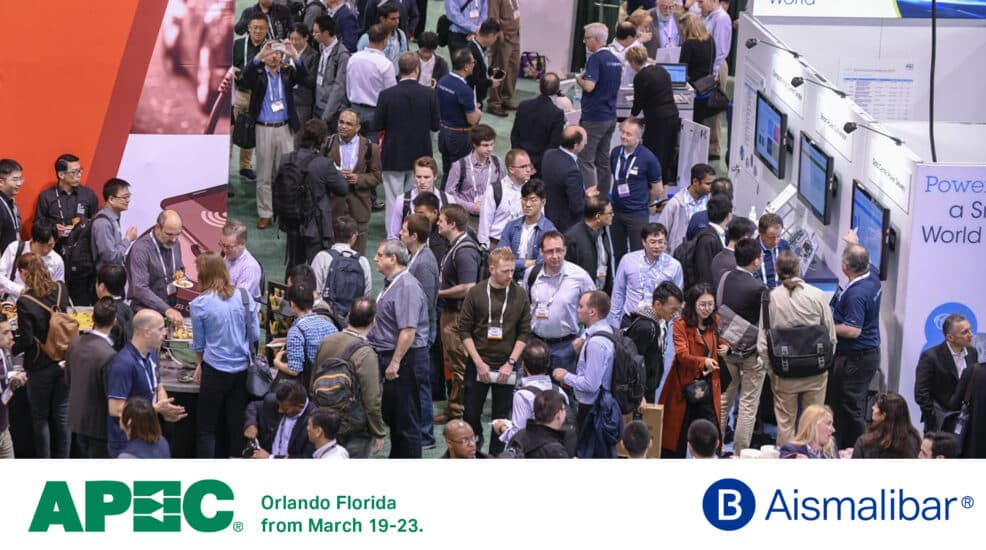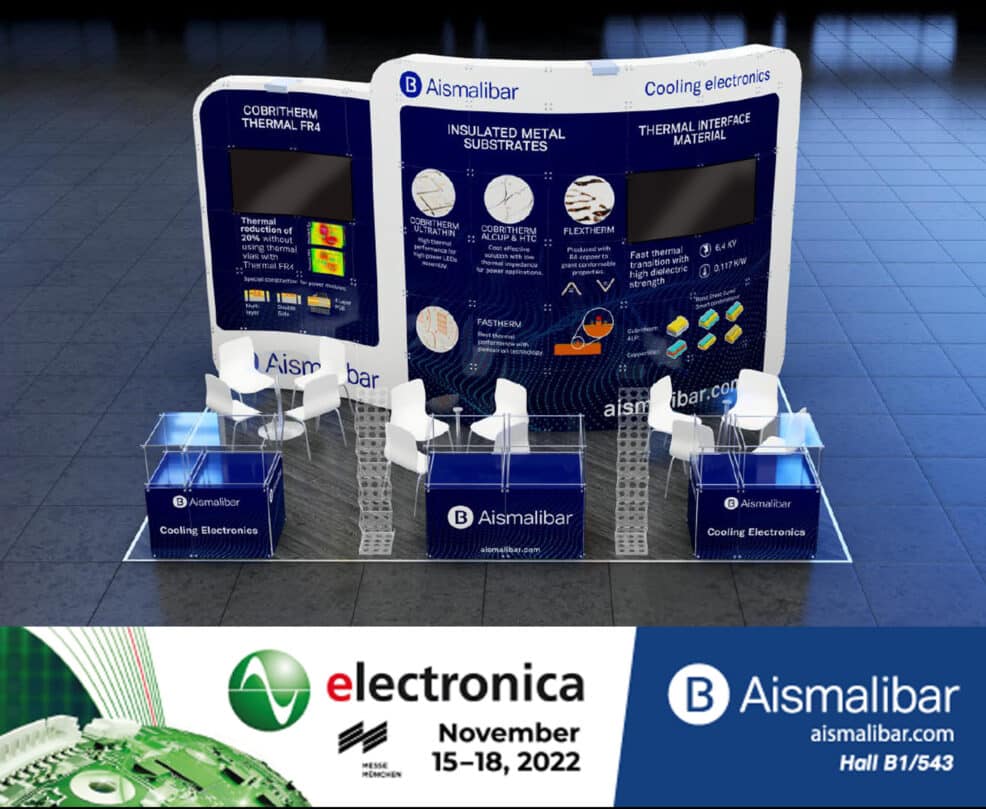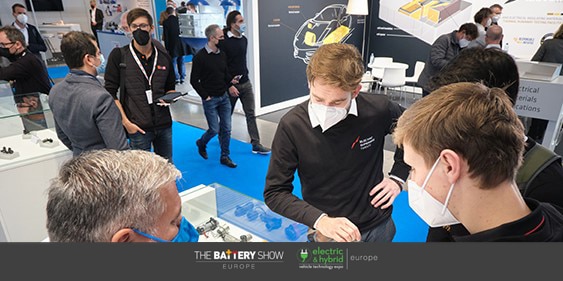
Ligthing-LED
The technological leap from tungsten to the LED semiconductor diode has changed the way the world is lit. From the time of its discovery at the beginning of the 20th century until now, LED has become the most efficient electroluminescent model available.
The expansion and presence of LED in every area of our lives have made it a lighting system frequently used in architecture, interior design, decor and urban planning. It is also found in stadiums, arenas, industrial environments and horticulture.
The efficiency of the system depends on being able to keep the light source at the lowest temperature possible. With the help of Aismalibar products, excess heat can be managed and dispelled, thereby ensuring the quality of the light and the reliability of all your LED products.

Power LED Packages
Since the time LEDs first appeared in 1995, to the current Power LED packages, strengthening thermal management to guarantee the useful life and stability of the luminous flux have been industry priorities. Our laminated substrates are smaller and more efficient. Furthermore, they reduce production costs by offering the possibility of minimizing the use of additional fans and heat sinks.

Street Lighting
Lighting projects for future smart cities depend on their ability to balance technology, ecology and costs. The combination of LED technology and Aismalibar’s IMS substrates increases product longevity, guarantees a stable luminous flux and reduces maintenance costs by increasing replacement intervals. This results in having sustainably lit smart cities that are safer and more humane.

Stadiums and Arenas
LED technology was first installed in the form of floodlights in stadiums and arenas. The idea was to save energy and reduce the electricity costs incurred during prime-time sports events. These high-intensity lighting systems, which range from 100 to 4.000 W, are very efficient in large spaces compared to their conventional predecessors. Achieving the least amount of thermal resistance from the chip to the heat sink is essential within this intensity range.

Architectural
Form follows function. This Bauhaus axiom, added to Mies van der Rohe’s “Less is more”, serves as a perfect definition of the relationship between LED and architecture. The aesthetic and functional requirements of sector professionals combine harmoniously with the needs of these buildings, and through large-scale LED lighting projects, they become genuine works of art. Aismalibar oversees the thermal management of these lights, avoiding changes in tone and loss of intensity and ensuring their planned useful life.

Decorative
The use of LEDs as a decorative element is now common in domestic and residential environments. The presence of LEDs in households has helped reduce electricity costs, contributing to the reality of more environmentally friendly homes. Aismalibar is a trusted partner for lighting manufacturers who are interested in effective thermal management systems for their products.

Industrial and Horticulture
Lighting industrial spaces with large LED lights allows maximum profitability between cost and investment. The energy costs of these spaces directly affect the productivity of the activities carried out. In sectors such as horticulture, LED lighting is a major benefit for greenhouses, where, depending on the growing requirements, its ability to produce different adapted light spectrum enhances photosynthesis and plant growth. Aismalibar’s extensive portfolio covers the thermal management needs of these lights, obtaining maximum system performance and design flexibility.




